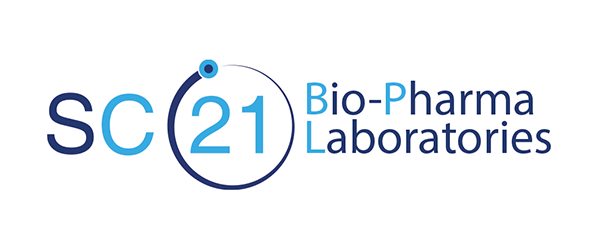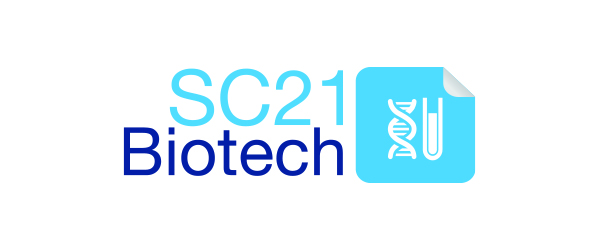Developmental Disorder Stem Cell Treatments
Developmental Disorder Stem Cell Treatment: Developmental disorder or developmental disability means a severe, chronic disability of an individual who has a mental or physical impairment by the age of 22 which is likely to continue indefinitely and results in substantial functional limitations in three or more areas of major life activity.
Developmental Disorder Stem Cell Therapy
Developmental delay is defined as failure to meet expected developmental milestones in one or more of the following areas: physical, social, emotional, intellectual, speech and language and/or adaptive development (sometimes called self-help skills, which include dressing, toileting, feeding, etc).
These delays are diagnosed when a child performs approximately 25 to 30 percent below age norms in one or more of these areas (with adjustment for prematurity in affected children). Progress occurs at a slower than expected rate following the anticipated sequence. Various medical and environmental causes exist.


Some examples of physical or mental disorders likely to result in delayed development are:
- Chromosomal abnormalities
- Genetic or congenital disorders
- Severe sensory impairments, including hearing and vision
- Inborn errors of metabolism
- Disorders reflecting disturbance of the development of the nervous system
- Congenital infections
- Disorders secondary to exposure to toxic substances, including fetal alcohol syndrome.
The verification of delay is obtained through an evaluation process, which includes at least three of the following: informed clinical opinion to include observational assessment, standardised development test(s), developmental inventory, behavioural checklist, adaptive behaviour measure and parent interview. Developmental delay can occur temporarily, or it can be long-term and never fully resolve.
Stem Cell Treatment for Developmental Disorders
Autism is a neurodevelopmental disorder defined by persistent deficits in social communication and social interaction, accompanied by restricted, repetitive patterns of behavior, interests, or activities.
The term “spectrum” is crucial to understanding autism, because of the wide range of intensity, symptoms and behaviors, and considerable individual variation. Children with ASD may be non-verbal and asocial, as in the case of many with “classic” autism. On the other end of the spectrum are children with a high-functioning form of autism characterized by idiosyncratic social skills and play.
Cerebral Palsy is a disorder caused by damage to the brain that occurs before, during, or shortly following birth. It affects body movement and muscle coordination. Individuals with cerebral palsy may also experience seizures, abnormal speech, hearing and visual impairments, and mental retardation. Children with cerebral palsy may not be able to walk, talk, eat, or play in the same ways as most other children. Cerebral palsy can include milder versions or more severe symptoms which lead to total dependency. Although cerebral palsy is a lifelong condition, training and therapy can help improve function.
Researchers have found that diabetic patients who are able to maintain appropriate blood sugar levels have fewer eye problems than those with poor control. Diet and exercise play important roles in the overall health of those with diabetes.
Down Syndrome is a chromosomal abnormality that changes the course of development and causes the characteristics associated with the syndrome.
Mild to severe mental retardation can be present among those affected. Speech and language may also be delayed. The diagnosis is usually suspected at birth due to the presence of physical characteristics such as a large tongue, heart problems, poor muscle tone, and flat facial features.
The diagnosis is confirmed through chromosomal testing. The disorder is associated with a lifelong disability but can be treated through a variety of appropriate educational and behavioral interventions in addition to occupational therapies, speech and language interventions, behavior modification, and parent training.
Learning Disabilities are a group of neurological disorders which become evident in childhood and which are characterized by difficulty learning, sorting, and storing information. Usually affected individuals have with average or above average intelligence. Children with learning disabilities may have one or more difficulties with skills such as listening, speaking, reading, writing, reasoning, or mathematical abilities that interfere with academic performance, achievement and, in some cases, activities of daily living.
Learning disabilities may overlap with other disorders or environmental influences, but are not the direct result of those conditions or influences. Often these disabilities are not identified until a child reaches school age.
Performance on standardized tests are usually found to be below that expected for age, schooling, and level of intelligence. Standardized cognitive measures and diagnostic tools in addition to observations from education professionals help to identify areas where these children are experiencing problems. Some children find learning in a regular classroom difficult and LD classes may be recommended to help them receive more specific and intensive teaching.
They may require information to be presented in multiple formats and broken down in manageable chunks before they can completely understand it. Learning disabilities are lifelong, but with proper intervention, training, and strategies, individuals can lead successful, fully functioning lives.
We organize our stem cell packages based on the size and complexity of your condition. Small, simple conditions require relatively few stem cells to treat them. Large, complicated conditions— or conditions you wish to treat as quickly and as completely as possible—will require larger volumes of stem cells to get the job done.
Our price for this treatment starts at $19.500 (US Dollar). The treatment duration is between 3-5 days depending on your specific condition.
Details | Treatment Type | Stem Cell Volume |
I | Single Area of Focus & Treatment | 50,000,000 stem cells |
II | Multiple Areas of Focus, Simple Inflammatory Conditions, or Early Stage Disease | 100,000,000 stem cells |
III | Complex Conditions or Premium Option for Simple Conditions | 200,000,000 stem cells |
IV | Advanced Stage Disease or Fastest Possible Treatment for All Conditions | 300,000,000+ stem cells |
We select your supportive therapies based on your condition. Your supportive therapies will direct your stem cells to the impacted tissue that needs to be regenerated, trigger selective cell activity, and provide your body with additional biological building blocks to deliver a faster and more complete regeneration.
We offer many supportive therapies, that include but are not limited to:
- Peptides & Messenger RNA
- Laser Blood Irradiation
- Laser Tissue Radiation
- Shockwave Therapy
- Ozone or Oxygenation
- NAD+
- Physiotherapy
- Nutrition & Enzymes
We curate an additional set of simple supportive therapies that you will bring home with you after your treatment, and self-administer for one to three months. This take home set ensures that your stem cells and your impacted tissue continue to receive direction and building blocks to continue to regenerate after your initial treatment.
We typically provide a one to three-month supply of:
- Compounded Nutrition
- Messenger RNA
- Growth Factors






